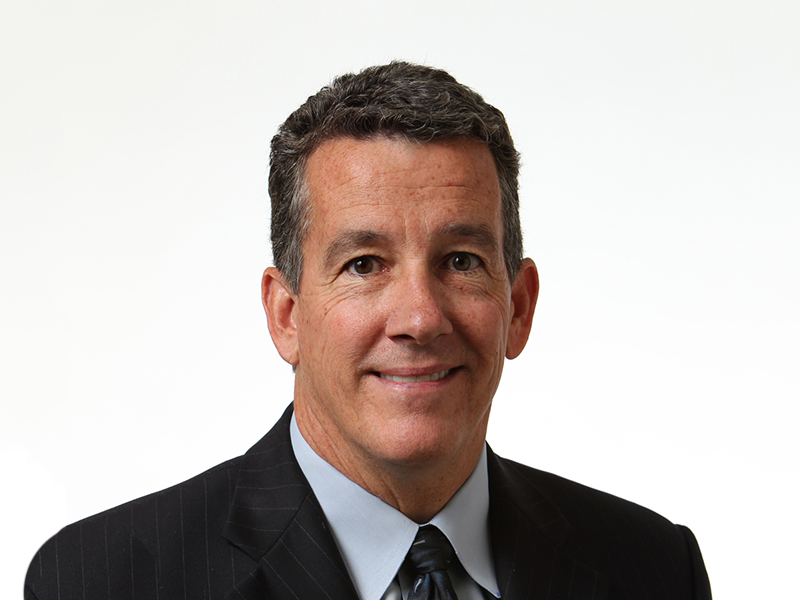Net Lease Column: The Art of the Deal
By Donald MacLellan, Senior Managing Partner, Faris Lee Investments: How to get the best deal for your retail asset.
 By Donald MacLellan, Senior Managing Partner, Faris Lee Investments
By Donald MacLellan, Senior Managing Partner, Faris Lee Investments
Buyers are scouring the market for net-leased retail product. To close a successful deal, however, property owners would do well to follow two key tenets: Know your buyer and determine what differentiates your asset.
The most sought-after retail asset class is the core institutional-quality product, specifically grocery-anchored centers. “Core” can be defined as locations in an affluent community with significant barriers to entry as well as high-density infill in primary trade areas. There is an extremely limited supply, with an abundance of aggressive capital chasing this product.
This core product demands the lowest cap rates and overall returns. Pricing thresholds today look to achieve unleveraged IRRs in the mid- to high-single-digit area over a 10-year holding period.
The second most popular asset class is the larger price point (in excess of $30 million) retail centers located in fundamentally strong primary/secondary markets in dominant locations of the trade area. There is typically an upside component along with the cash flow return. There is also a limited supply, and the buyer profile is made up of an operating partner with an equity partner (institutional and/or private equity fund, depending on the expected yields). Typical institutional capital does not require the yields of a private equity fund, and the trade-off is that institutional capital prefers to work with a smaller base of partners. A number of large regional developers have evolved into this sector based on the limited real development opportunities over the last several years.
The largest supply of anchored retail today falls into that lower- to mid-priced range ($10 million to $25 million) of non-core anchored and shadow anchored retail product. Typically these centers are in secondary locations and supply currently exceeds demand from investors. There are higher-yield expectations from the private capital chasing this product. It is very important that the center is positioned in a way that differentiates itself from the market, focusing on its strengths and the stability of the current income stream. In addition, the ability to place new historically low interest rates is critical to increasing the cash flow required by today’s private investors.
The next asset class relates to one of the most mislabeled categories in the industry: the true value-add opportunity. During post-recession times, there was an abundant amount of distress/value-add product, mainly from the CMBS REO product and the banking industry. There was a shortage of capital, so the required corresponding returns were in the low-20s leveraged IRR. As the economy recovered and less true value add was available, investors had to adjust their returns to account for less risk and less product, resulting in returns in the mid- to high teens on a leveraged IRR basis. In today’s current market, it is critical to determine whether the state of a value-add deal is due just to the overall weakness of the trade area and deficiencies of the center or if it is a case of inexperienced operators and not the capital needed to convert it into a more successful and thriving center.
The final category consists of the Class B malls in both primary and secondary locations. Experienced operators with infrastructure and capital have had extreme success in turning around previously under-performing B malls. The majority of these success stories include adding a new entertainment component with a large multi-screen theater and restaurant that they use as a major draw. We have also seen the addition of big-box discounters such as Target and Walmart as new anchors, along with other big-box soft goods and sporting goods stores. There seems to be a defined buyer pool for this category, and depending on location, yields can be 100 to 200 basis points higher than core.
The key to a successful marketing program is to understand where your center is positioned within the market asset classes and price accordingly. In addition, it is critical to strategically brand and position your center to its unique strengths in order to differentiate it from other opportunities. It is also important to know the optimum buyer profile ahead of time, and aggressively and proactively go after that investor type.






You must be logged in to post a comment.